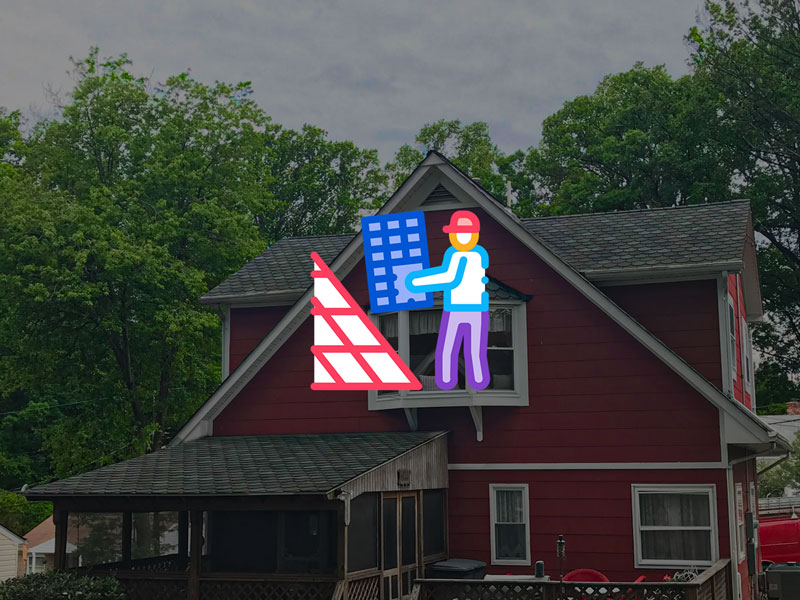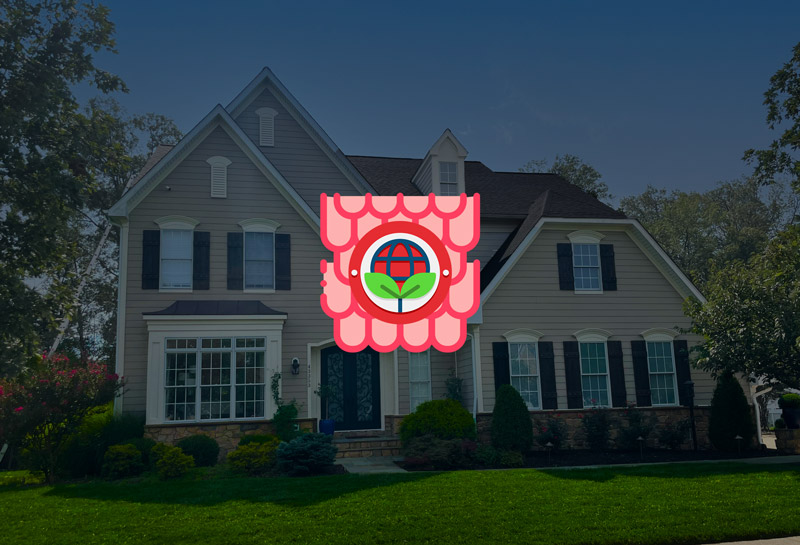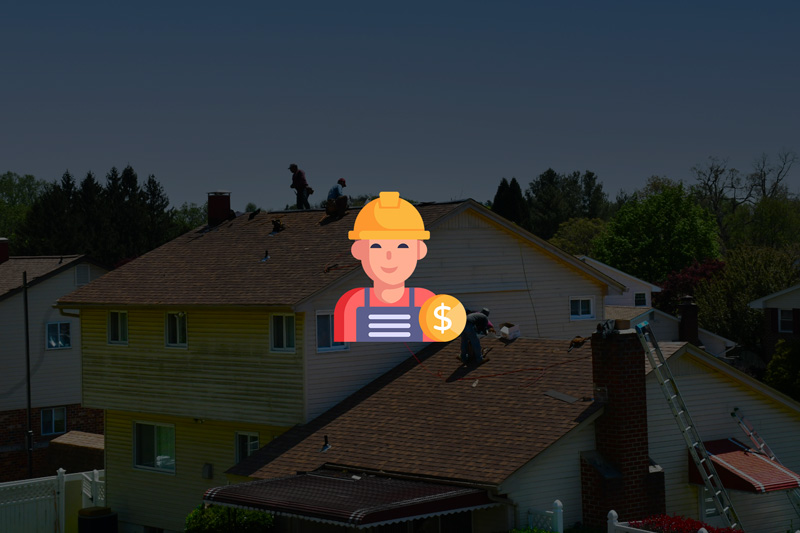Solar Roof Cost: Understanding Solar Roof Estimate Costs
Now, you might be wondering why estimating the cost of solar roof installation is so important. Well, it’s simple. Knowing the cost upfront helps you make informed decisions. It allows you to plan your budget, explore financing options, and ultimately determine if solar power is a viable choice for your property.

Factors Influencing Solar Roof Estimate Costs
When it comes to estimating the cost of a solar roof, there are several key factors that play a significant role. Understanding these factors is essential for making informed decisions and ensuring your solar investment aligns with your expectations.
Roof Size and Complexity
The size and complexity of your roof are major determinants of the cost of solar installation. A larger roof typically means more solar panels are needed to generate the desired amount of energy. Additionally, if your roof has complex angles or obstacles like chimneys or skylights, it may require custom mounting solutions, which can add to the overall cost.
Solar Panel Type and Efficiency
Solar panels come in various types and efficiencies. The choice of panels can significantly impact the cost of your solar roof estimate. High-efficiency panels tend to be more expensive but can generate more electricity in a smaller space. It’s important to strike a balance between cost and performance to meet your energy needs efficiently.
Local Climate and Solar Potential
The amount of sunlight your location receives, often referred to as solar potential, affects the efficiency and output of your solar panels. Sunnier regions generally yield more energy, which can influence the size and cost of your solar array. It’s essential to consider your local climate when estimating costs.
Existing Roof Condition and Age
The condition and age of your existing roof can also affect the cost of a solar roof estimate. If your roof needs repairs or replacement before solar installation, those costs must be factored in. Older roofs may require additional structural assessments to ensure they can support the solar array’s weight.
Government Incentives and Tax Credits
Government incentives and tax credits can significantly reduce the overall cost of solar installation. These incentives vary by location and can include tax credits, rebates, or net metering programs. It’s crucial to explore available incentives in your area to determine how they can impact your solar roof estimate.

The Solar Roof Estimate Process
Obtaining a solar roof estimate involves a structured process that ensures a tailored solution for your specific needs. Here’s a breakdown of the essential steps, highlighting why it’s crucial to engage with experienced professionals throughout the journey.
Initial Consultation with a Solar Contractor
Your journey begins with an initial consultation with a qualified solar contractor. This step is crucial as it sets the foundation for the entire project. During this consultation, you’ll discuss your energy goals, budget, and any specific requirements or preferences you may have. The contractor will use this information to guide the rest of the process.
Site Assessment and Shading Analysis
Following the initial consultation, the solar contractor will conduct a comprehensive site assessment. This assessment involves a thorough examination of your property to determine its solar potential. Factors such as roof orientation, shading from nearby trees or structures, and local climate conditions are considered. This step is essential in designing an efficient solar system.
System Design and Equipment Selection
Based on the site assessment, the solar contractor will proceed to design a solar energy system tailored to your property. This includes determining the optimal placement of solar panels and selecting the appropriate equipment, such as inverters and mounting hardware. The goal is to maximize energy production while ensuring the system seamlessly integrates with your roof.
Cost Estimation and Proposal Presentation
Once the system design is complete, the solar contractor will provide you with a detailed cost estimate and a proposal. This document outlines the total project cost, including equipment, installation, and any necessary upgrades or modifications to your roof. The proposal also includes information on potential government incentives and financing options available to you.
Financing Options and Payment Plans
Understanding the financial aspects of your solar installation is crucial. Your solar contractor will explain the various financing options available, such as loans, leases, or power purchase agreements (PPAs). They will also help you explore payment plans that align with your budget. This step ensures that you can make a well-informed decision about how to fund your solar project.
Working with Experienced Professionals
Throughout the solar roof estimate process, the importance of collaborating with experienced professionals cannot be overstated. They bring expertise and industry knowledge to the table, ensuring that every step is executed efficiently and in compliance with local regulations. Working with professionals minimizes the risk of costly mistakes and ensures that you receive a reliable and optimized solar energy system.

Typical Cost Ranges for Solar Roof Estimates
Understanding the potential cost of a solar roof estimate is crucial for anyone considering this sustainable energy solution. Let’s break down the estimated cost ranges, keeping in mind that these figures can vary depending on the size of the installation and your location.
For Small to Medium-Sized Homes
For smaller to medium-sized homes, the cost of a solar roof estimate can typically range from $10,000 to $25,000. This range covers the installation of a solar system that can generate enough electricity to meet the needs of an average household. However, it’s essential to remember that specific costs can fluctuate based on factors such as your energy consumption, roof condition, and location.
For Large Homes or Commercial Buildings
Larger homes or commercial buildings may require more extensive solar systems to meet their energy demands. As a result, the cost of a solar roof estimate for these properties can range from $25,000 to $50,000 or more. These installations often involve a higher number of solar panels and may require additional structural modifications to support the added weight.
Regional Variations and Government Incentives
It’s important to note that regional variations can significantly impact solar roof estimate costs. The amount of sunlight your area receives, local labor rates, and the availability of solar equipment can all influence the final price. Additionally, government incentives and tax credits can help offset some of the costs.
For example, in areas with strong sunlight and robust solar industries, you may find more competitive pricing. Conversely, locations with lower solar adoption may have slightly higher costs due to fewer experienced professionals and suppliers.
Government incentives, such as federal tax credits or state-level rebates, can also reduce the overall cost of your solar installation. These incentives can vary widely by region, so it’s essential to research what’s available in your area to determine how they can impact your solar roof estimate.

Tips for Reducing Solar Roof Estimate Costs
Reducing your solar roof estimate costs doesn’t have to be a complex task. By following these practical tips, you can make the most of your solar investment while keeping your budget in check:
Compare Multiple Quotes
When embarking on your solar journey, it’s essential to get quotes from several reputable solar contractors. Request detailed estimates that break down the costs, including equipment, labor, and any necessary modifications. By comparing these quotes, you can identify the most cost-effective option without compromising quality.
Optimize System Size and Design
Collaborate closely with your chosen solar contractor to determine the ideal system size and design for your energy needs. Oversized systems can lead to unnecessary expenses, so it’s crucial to strike the right balance. A well-optimized solar system ensures you generate enough energy while keeping costs in check.
Take Advantage of Available Incentives
Government incentives and tax credits can significantly reduce the overall cost of your solar installation. Research available incentives in your area, as they can vary depending on your location. Federal, state, and local programs may offer tax credits, rebates, or performance-based incentives. Leveraging these opportunities can result in substantial savings.
Consider Financing Options and Leasing
Financing your solar installation through loans or leases can make it more affordable. Solar loans often come with favorable terms, allowing you to spread the cost over time while benefiting from immediate energy savings. Alternatively, solar leases or power purchase agreements (PPAs) provide options for enjoying solar energy without the upfront investment. Discuss these financing options with your solar contractor to find the best fit for your budget.
Explore DIY Solar Installation for Skilled Individuals
For those with the necessary skills and experience, a do-it-yourself (DIY) solar installation can be a cost-saving option. However, it’s essential to approach this with caution, as solar installation involves technical aspects and safety considerations. Ensure you have the skills required and follow all safety protocols if you choose the DIY route.
View More Articles
Please Share!










